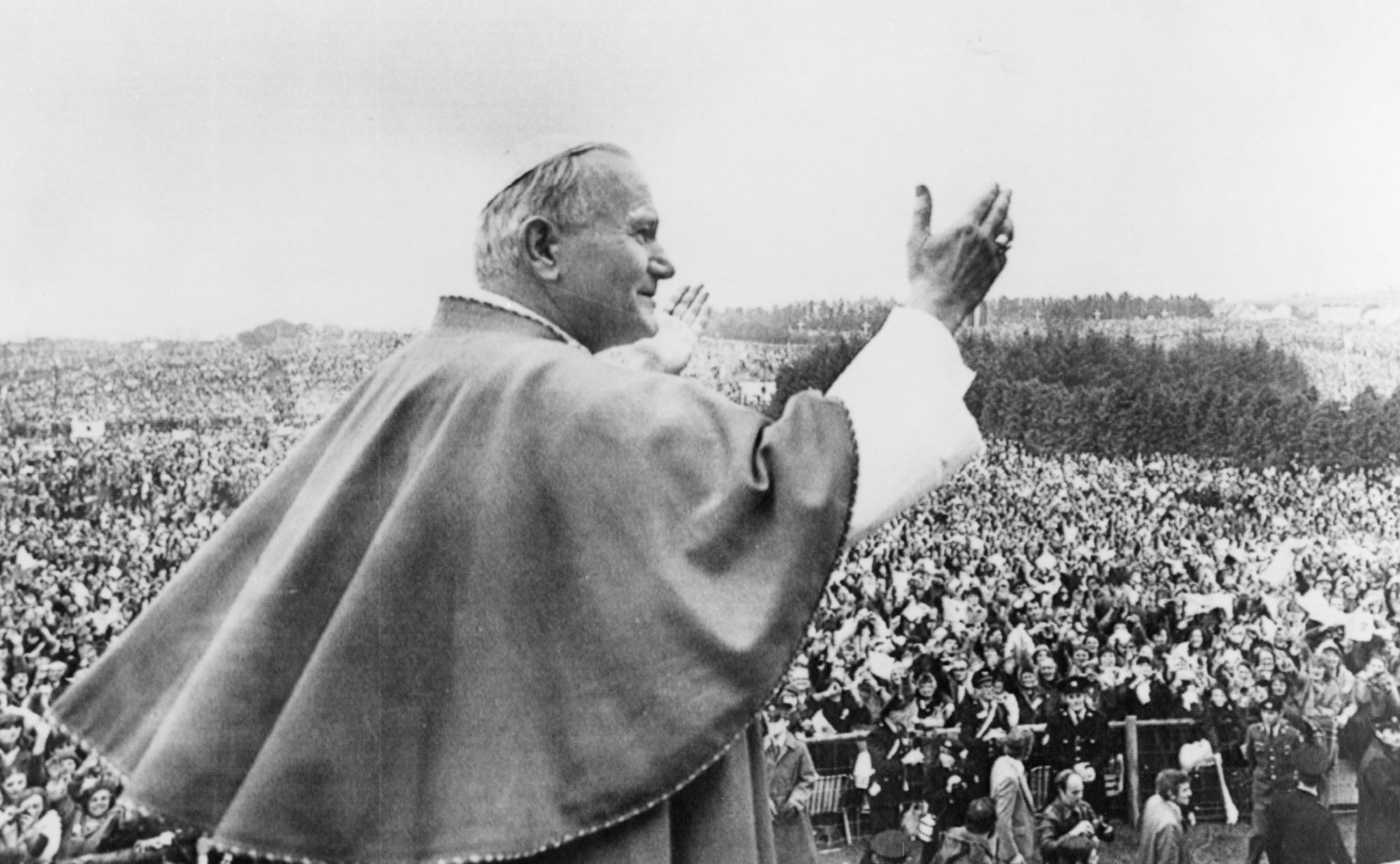In fall 2003, the Kroc Institute for International Peace Studies at the University of Notre Dame hosted a talk by Norwegian scholar and peace activist Johan Galtung. Famous for founding the discipline of peace studies, Galtung has coined enduring concepts like “structural violence,” the distinction between “positive” and “negative” peace, and other notions that, for the last several decades, have undergirded activism against war and against, well, The System. Wearing a Hawaiian shirt, Galtung looked the part as he addressed his large Notre Dame audience, giving them a tour of violence around the world.
Doubtless, though, some in the audience were surprised when Galtung identified the greatest episode of violence in the world. Was it U.S. imperialism in the Middle East? No. Colonialist exploitation of one kind or another? No. Galtung fingered sex selection abortion, carried out by the Chinese government through its “one-child policy,” as the world’s top form of violence.
Galtung is on my mind as I contemplate what I believe will prove a historic moment in Notre Dame’s witness for social justice, namely its hosting of the world’s greatest human rights dissident, China’s Chen Guangcheng, which will take place today, Tuesday, April 7. Chen has stood for many causes in China, including women’s rights and land reform, but his most famous advocacy is against the one-child policy.
Not only is Galtung on my mind as I anticipate Chen’s address, but so is the recently deceased great president of Notre Dame, Fr. Theodore Hesburgh, who did so much to establish Notre Dame’s witness for social justice. It was under Hesburgh’s leadership, for instance, that President Jimmy Carter gave a famous address on human rights at Notre Dame in 1977, establishing human rights as a major theme of his presidency that would endure long after his tenure in office. Because of Hesburgh, Notre Dame continues to draw upon its Catholic roots in advocating human rights passionately. (See my earlier post on Fr. Hesburgh’s civil rights legacy written just after Hesburgh’s death on February 26, 2015.) Such a legacy finds a fitting exemplar in Chen Guangcheng.
Blind from childhood, known as the “barefoot lawyer,” Chen cinematically escaped house arrest in April 2012, climbing over the wall of his house, swimming across a river, and reaching the U.S. embassy, where he found refuge. In May 2012, the Chinese government allowed him to leave for New York University to take up a visiting scholar position. More recently, he has held positions at the Witherspoon Institute and The Catholic University of America. Now he gives lectures, has recently finished his autobiography, The Barefoot Lawyer, and continues to speak against the one-child policy.
First enacted in 1980, the policy has resulted in over 400 million abortions, according to the Chinese government. Many, if not most, of these abortions are forced or at least performed under heavy state pressure. Horrific stories abound of women brutally coerced into giving up their babies, even in the late term of their pregnancies. True, the policy is enforced unevenly, contains many exceptions, and was relaxed in 2013 to allow more births to take place. Still, the scale has been gargantuan.
One of the policy’s worst perversities is the one that Galtung identified: “sex-selection” abortion, in which parents abort girls far more often than boys, who are culturally preferred. In addition to taking the lives of girls en masse, the policy has created sex ratios that leave tens of millions of men in China without mates, resulting in an enormous market for sex trafficking, mail-order brides, and prostitution.
For those who hold, as I do, that the unborn child is a complete person with full dignity from the time he or she is conceived, the one-child policy deserves to be ranked among the genocides of the past century. Opposition to the one-child policy is also a cause around which diverse advocates can coalesce. Among harsh critics of the policy are Nobel Prize-winning economist Amartya Sen and journalist Mara Hvistendahl, a pro-choice feminist whose book, Unnatural Selection: Choosing Boys Over Girls, and the Consequences of a World Full of Men, is an excellent account of sex-selection abortion around the world. The brutal coercion of women combined with sex selection make the one-child policy a quintessential women’s issue.
Accompanying Chen in his visit will be another heroic human rights advocate, a rare activist who devotes herself almost solely to the one-child policy, Reggie Littlejohn, who will be showing her film, It’s a Girl, earlier on the day that Chen will speak.
All of this comes to Notre Dame thanks to the visionary leadership of the Institute for Church Life and its Director, John Cavadini. Let us hope that as a result of Chen’s and Littejohn’s witness, more will join the ranks of those who oppose a human rights violation which, as Galtung rightly argued, has no parallel.
Updated: Tuesday, April 7
